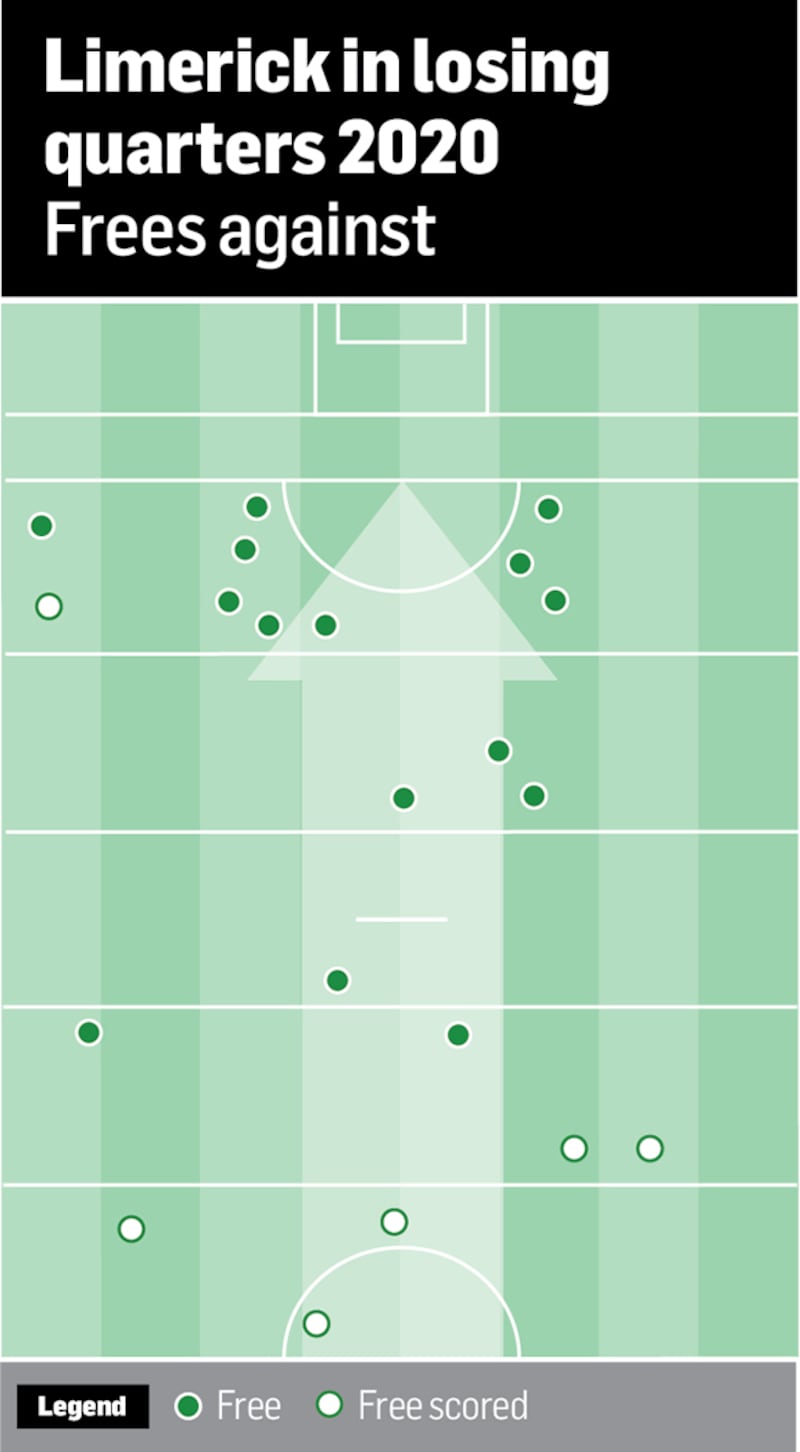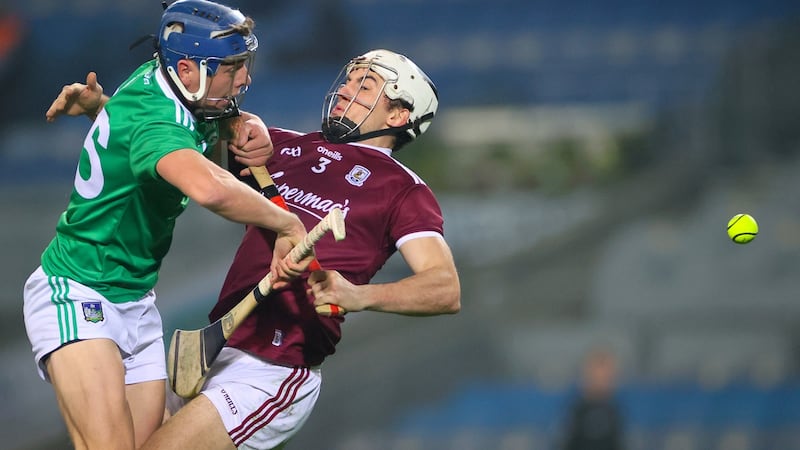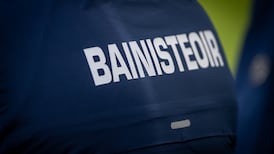Limerick are likely to concede more frees than Waterford in this weekend's All-Ireland hurling final, but the decisive factor will be where on the pitch they are penalised.
The 2018 All-Ireland champions have made more fouls than the opposition in each of their four matches en route to Sunday’s decider, but only once have they conceded more scores from frees.
Traditionally, teams aim for low foul counts. To prevent a free shot at their posts or an opportunity to land a long ball in on top of their defence. However, Limerick conceded three more frees than Clare in their championship opener. They conceded five more frees than Tipperary, likewise in the Munster final against Waterford. Against Galway last time out they conceded six more frees than the Tribesmen.
Their overall free count for and against reads 55 to 74. Limerick are conceding, on average, just under five frees more than the team they play against in each game.
In the semi-final they scored seven frees to Galway’s nine. However, in the Munster final, Limerick scored nine frees to Waterford’s eight, and they amassed the same amount of scores from frees as both Clare and Tipperary did in their provincial encounters. So from 74 fouls, Limerick have only conceded 0-36 from frees. They are fouling in the other team’s half and it is not hurting them.
The Treaty County have only lost four of the 16 quarters so far in this year’s championship, beating the reigning champions – Tipp – by nine points and the 2017 winners – Galway – by three. Their average winning margin in the 2020 championship is seven points. A common theme, however, in those four losing quarters is the concession of frees in the scoring zone. From a combined 21 fouls, Limerick had 16 frees given against them in shooting range, conceding 0-15.

If Waterford could match that combined four-quarter effort and score 0-15 from frees on Sunday, it’ll go a long way towards them pulling off another underdog victory.
Position
Despite their heavy fouling - Limerick have given away 35 per cent more frees than their opposition - they've been shown just seven yellow cards. The teams they've faced have been brandished 11. But again, this has a lot to do with the position on the field where they foul.
Between winning the All-Ireland two years ago and Sunday’s All-Ireland final, Limerick have won four of the last five titles on offer: two from two for league titles and back-to-back Munsters. This weekend will be their second final appearance in three years.
Aside from last year’s shock All-Ireland semi-final defeat to Kilkenny, John Kiely’s side have been utterly dominant. And in that encounter they missed 50 per cent of their scoring opportunities, registered 15 wides, squandered a late goal chance, and still should have been awarded a 65 to equalise with the last puck of the game.

So, there's no clear template of how to beat this Limerick team. No one match where their tactics were counteracted and taken apart. We only have the quarters in which they have been beaten, to piece together a formula for the why and how.
On their way to a 10-point win, Limerick were beaten 0-9 to 0-7 in the first quarter of this year’s Munster quarter-final, which also doubled up as the Division 1 league final. Clare scored five of their nine frees in that period. In the Munster final Waterford won the third quarter to go in level at the final water break, while Galway had a 0-7 to 0-4 advantage at the end of the first quarter of their All-Ireland semi-final. They also won the final quarter by a point. Both periods began with a run of converted frees.
Waterford made five turnovers, three dispossessions, a block and a hook in that third quarter. But they were given the momentum to tear into the game – and this manic intensity is essential to beat Limerick – by slotting over two early frees. Both came as they used their pace and athleticism to aggressively run at Limerick’s defence.
Strategic fouling allows teams to slow down the transition from defence to attack, which in turn sets the game pace to their liking, gives them time to set up, and lays down a physical marker. Any turnover in the opposition’s defence is a scoring chance for Limerick, while any free conceded is unlikely to be in range for a point at the other end.
Tackling technique
These frees Limerick are giving away are strategic in terms of the areas where they are pressing, but the actual fouling is as much to do with their tackling technique.
The Munster champions tackle like a football team, with the first man making contact looking to put their opponent back on his heels, allowing the rest of the pack to surround and force a turnover. Limerick can only deploy this approach because most teams try to work the ball short out of their backline, and this is when they target them.
Deliberate play out of defence only encourages big hits. Waterford must work the ball out of their defensive zones quickly, and then, whilst inside scoring zones, run hard and run direct. As well as stopping Limerick from sucking the intensity and speed out of their attacks, this can also take advantage of a tackle technique that is there to be exploited.
A hurler has a much smaller ball to protect than a footballer when he looks to power through the lines. Limerick’s on-the-edge approach will only work against teams who play through certain areas or who fear that contact. Which is most teams. Embrace it and Waterford can show why a football tackle should inevitably lead to a free in hurling. If the initial hit fails to hold the player up, unlike in football, there is no hope of tackling the sliotar and therefore it becomes a drag or holding.
Stephen Bennett scored three of his eight frees in the third quarter of the Munster final; if he can get 12 on the board or even into double digits, then Limerick's fouling could finally end up costing them. Because it's not about how many frees you give away, but where.












